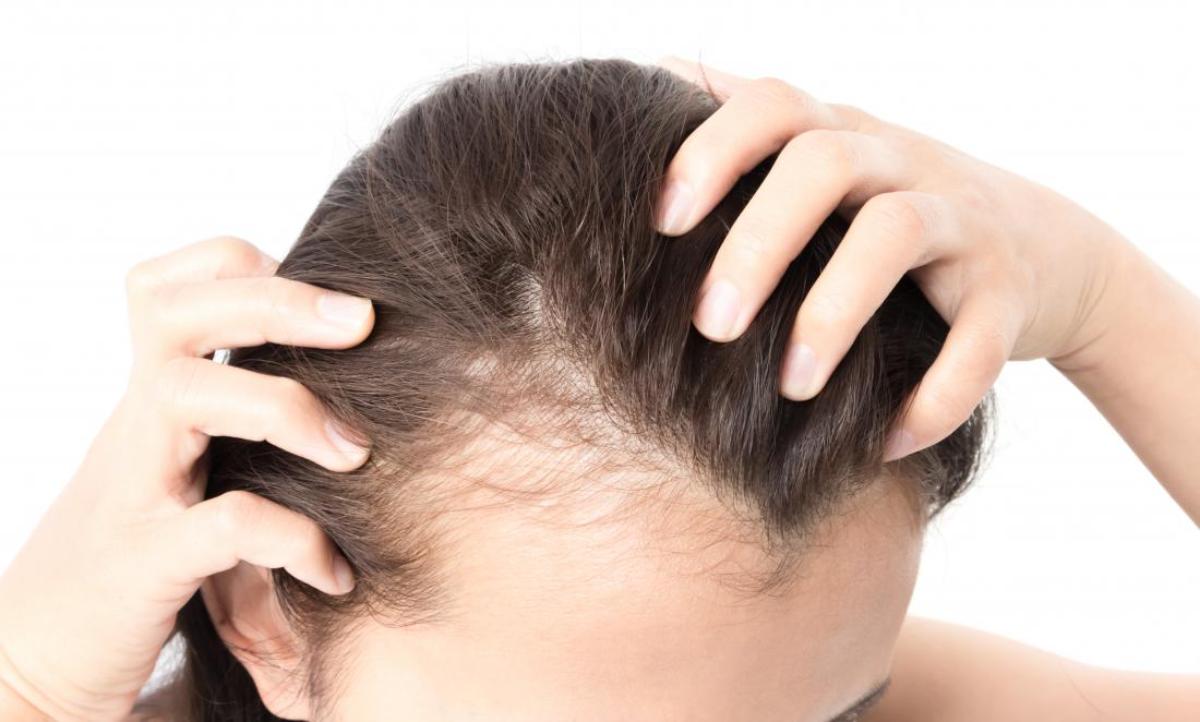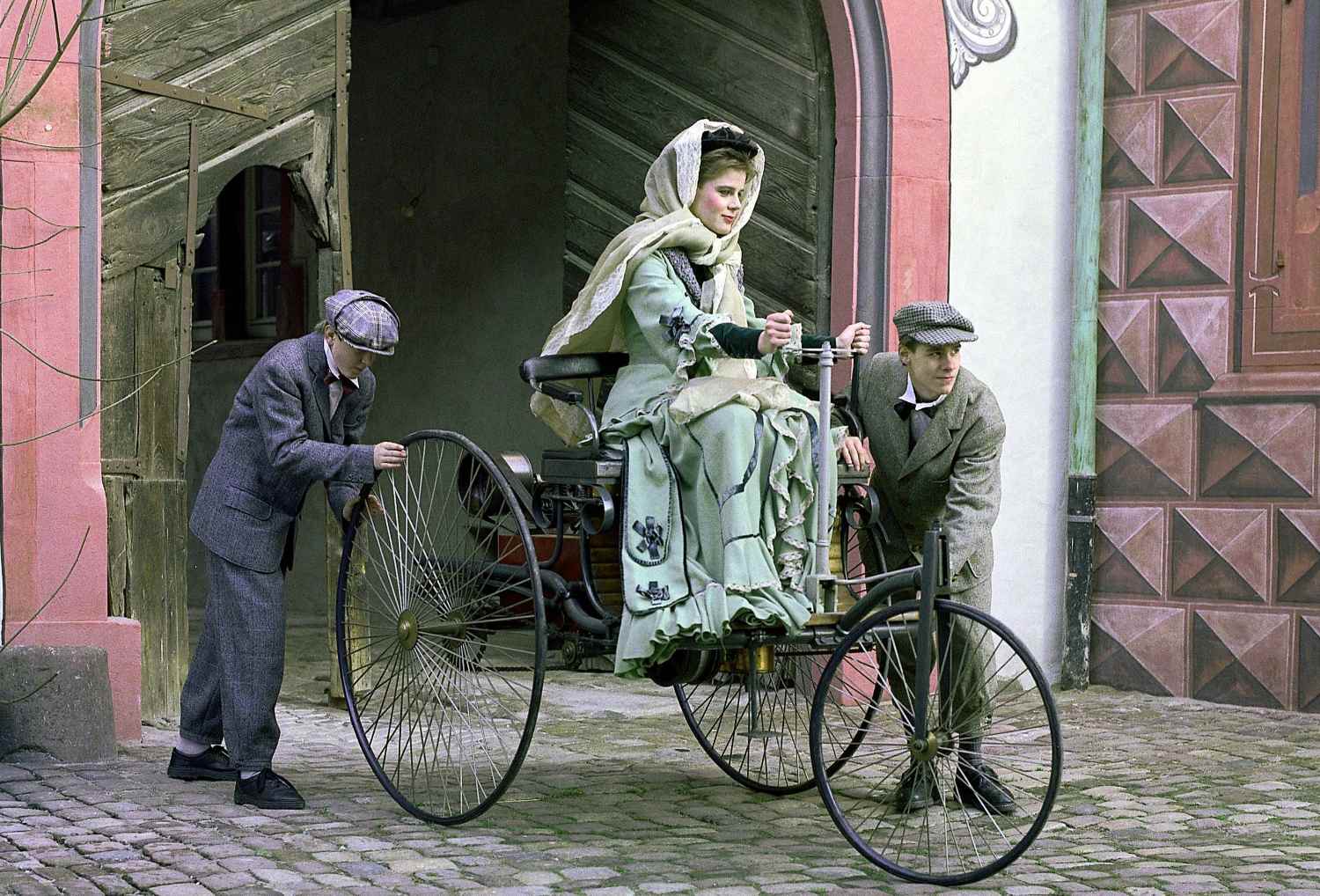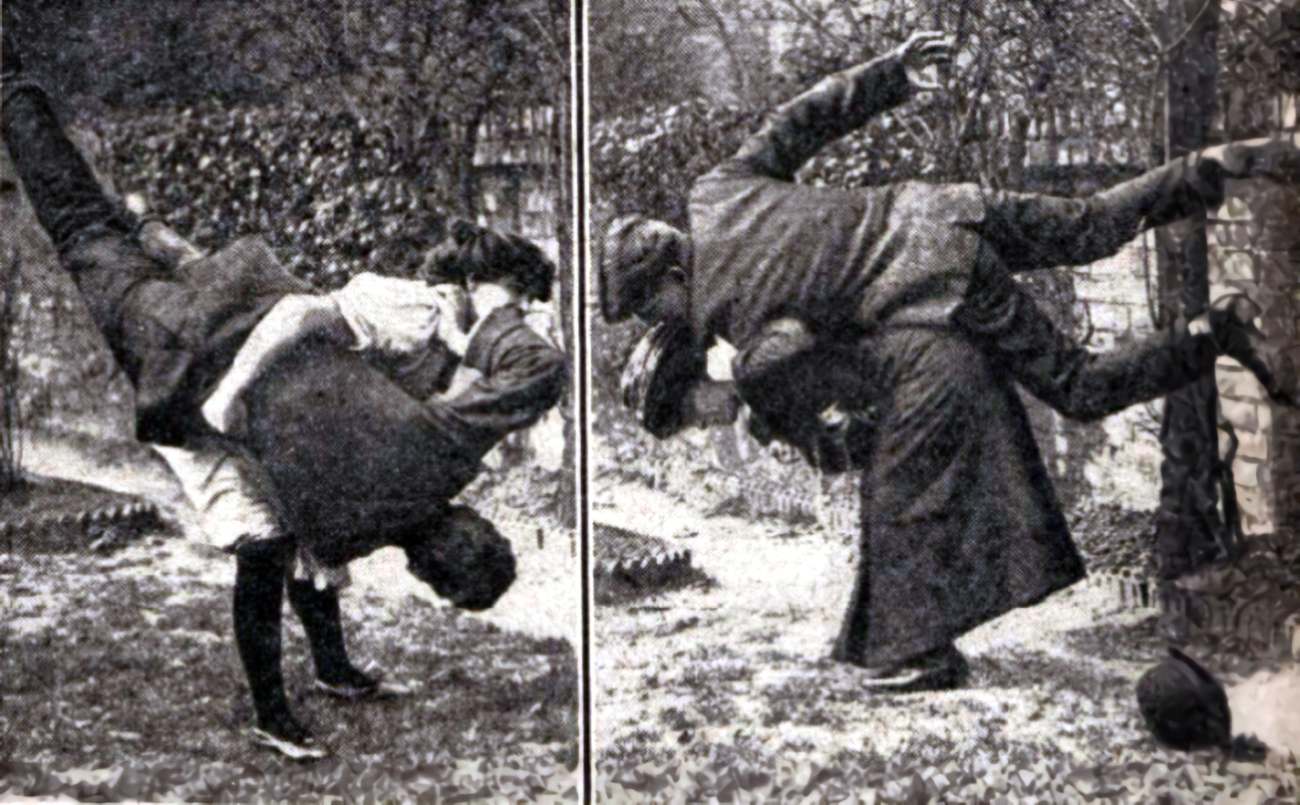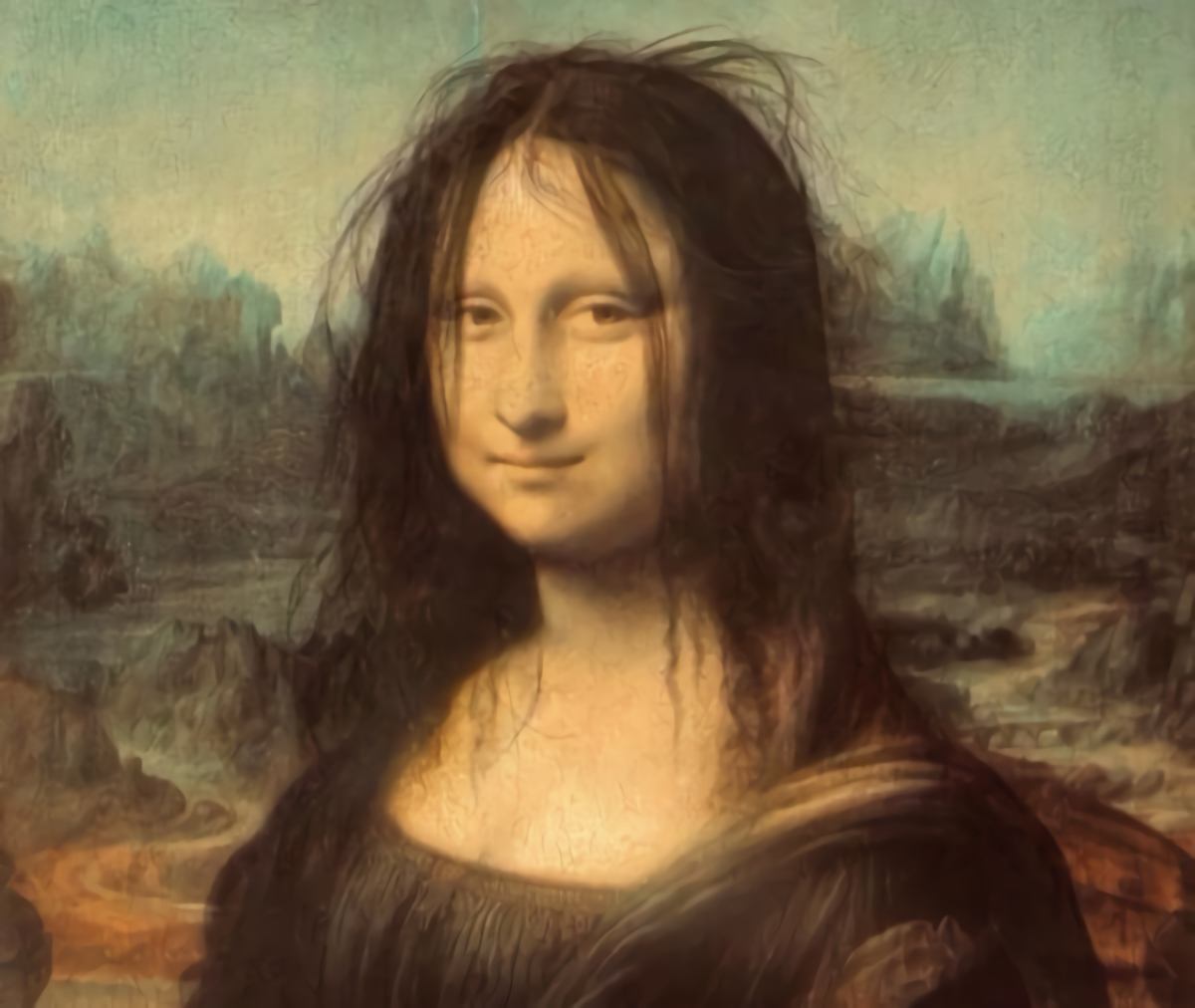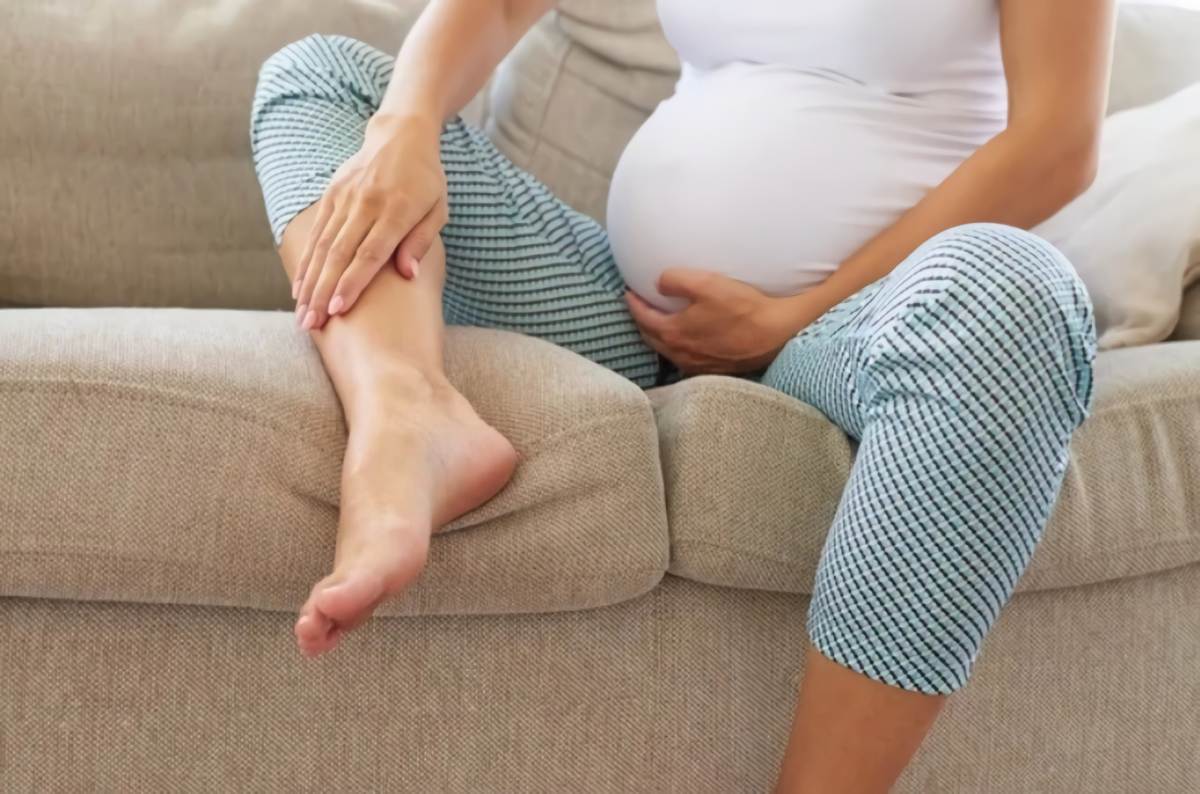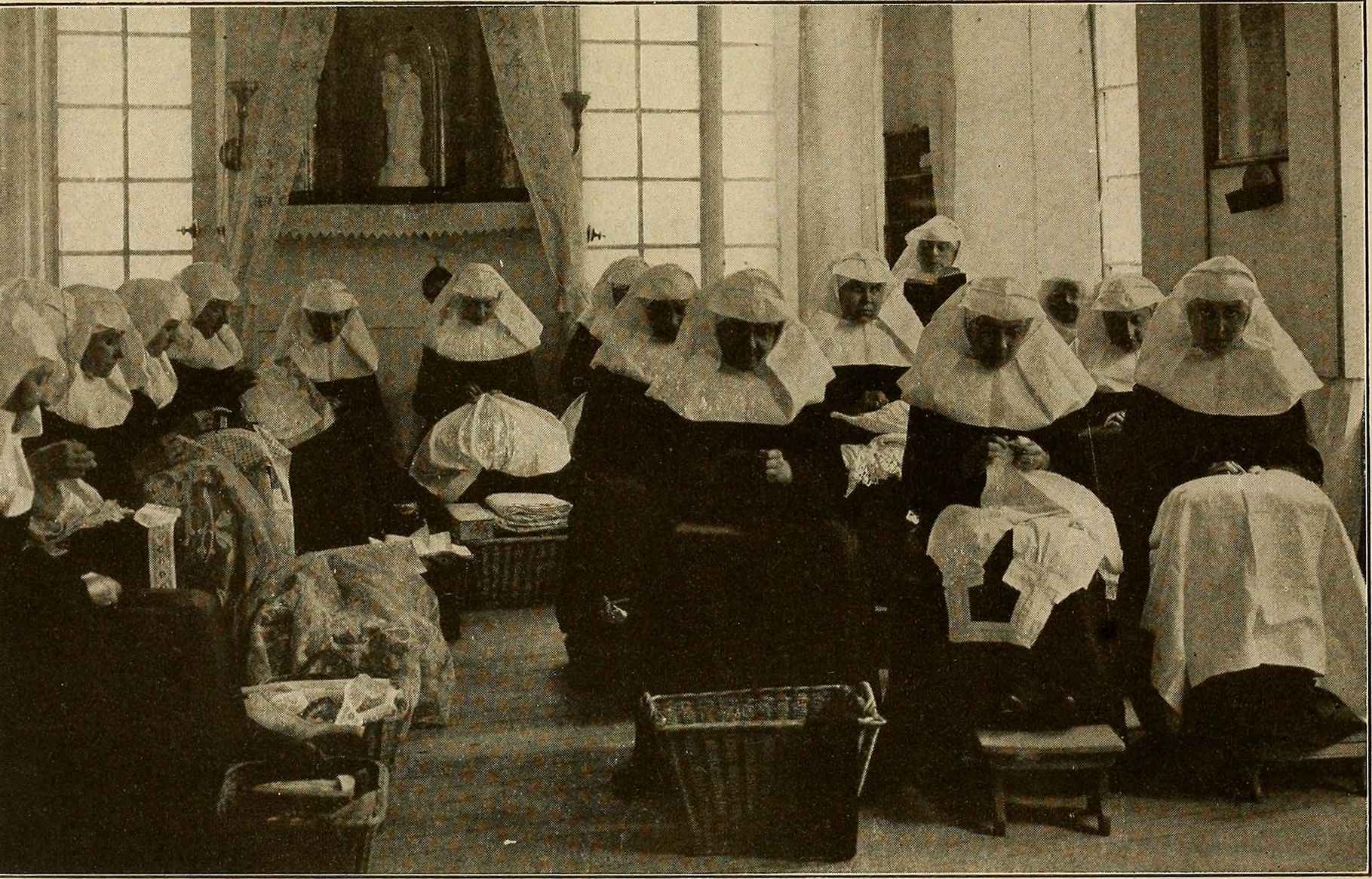Why does baldness (Alopecia) affect mostly males? On the subject of preventing hair loss, the Internet is home to many promising tips and treatments. Hair loss is a natural part of the aging process in males. Not just elderly males but even younger men and women of both sexes are affected by it. However, where does this stereotypical depiction of a bald guy originate? And why is hair loss seen in women much less frequently?
It is a recurring misconception that only men experience hair loss. However, this is not the case. Loss of hair is experienced by more than half of all women over the age of 50. The progression of hair loss in women is fundamentally analogous to that in men but at a more subtle level. Most of the time, the condition shows up as a general hair loss that affects the whole scalp in a similar way.
Because of this, women are often unaware of the fact that they are losing their hair. They are more likely to observe that their hair seems to stop growing altogether or that the braid is becoming thinner. At first, only a magnifying lens can reveal that the hair is becoming thinner. It is often only when 50 percent of the hair has been lost that women can notice it with their own eyes.
The primary reason for hair loss is testosterone
But why is hair loss happening, and how can it be stopped? When it comes to males, the problem seems to be quite explicit: the male sex hormone is the cause of hair loss. Within the follicles of the hair, testosterone is altered into a different chemical form known as dihydrotestosterone (DHT). The hair roots die due to the activity of this steroid hormone in the event that they are hypersensitive to DHT for reasons that are genetic. After this point, the hair will fall off and will not grow back.
DHT causes the hair roots to become so brittle in males that hair begins to fall out just above the scalp. This often refers to the hair that is located on the crown of the head, whilst the hair roots that are located on the neck and the sides seem to be resistant to the DHT. This pattern is also responsible for the distinctive bald spot or “crown of hair” that develops on men’s foreheads.
Women experience similar hair loss
Hereditary factors and hormones play the most essential part in hair loss in women as well. Like males, women might have hypersensitive hair roots that are passed down from their ancestors. After menopause, the amount of the female sexual hormone estrogen found in the scalp reduces. As a result, this increases the amount of testosterone found in the hair roots. Testosterone is also found in women. An excessive amount of testosterone might paralyze hair roots that are susceptible to DHT if this process does not take place uniformly.
According to hair specialists, the widespread nature of hair loss in women may be caused by the fact that women typically have lower testosterone levels than males. However, there is a suspicion that males and females may have a difference when it comes to the way hair loss is happening, but this has not been proven yet.
Also, the beginning of hair loss in women does not always coincide with the onset of menopause. According to dermatologists, in many instances, women begin to experience hair loss as early as the age of 30. Even though this happens only rarely, balding in women is still a possibility in the most severe circumstances if preventative measures are not taken. Consequently, it is important for women who have experienced hair loss to consult a medical professional.


